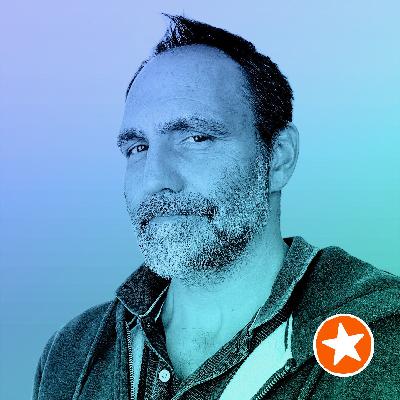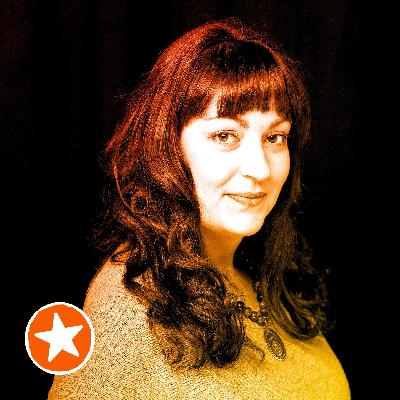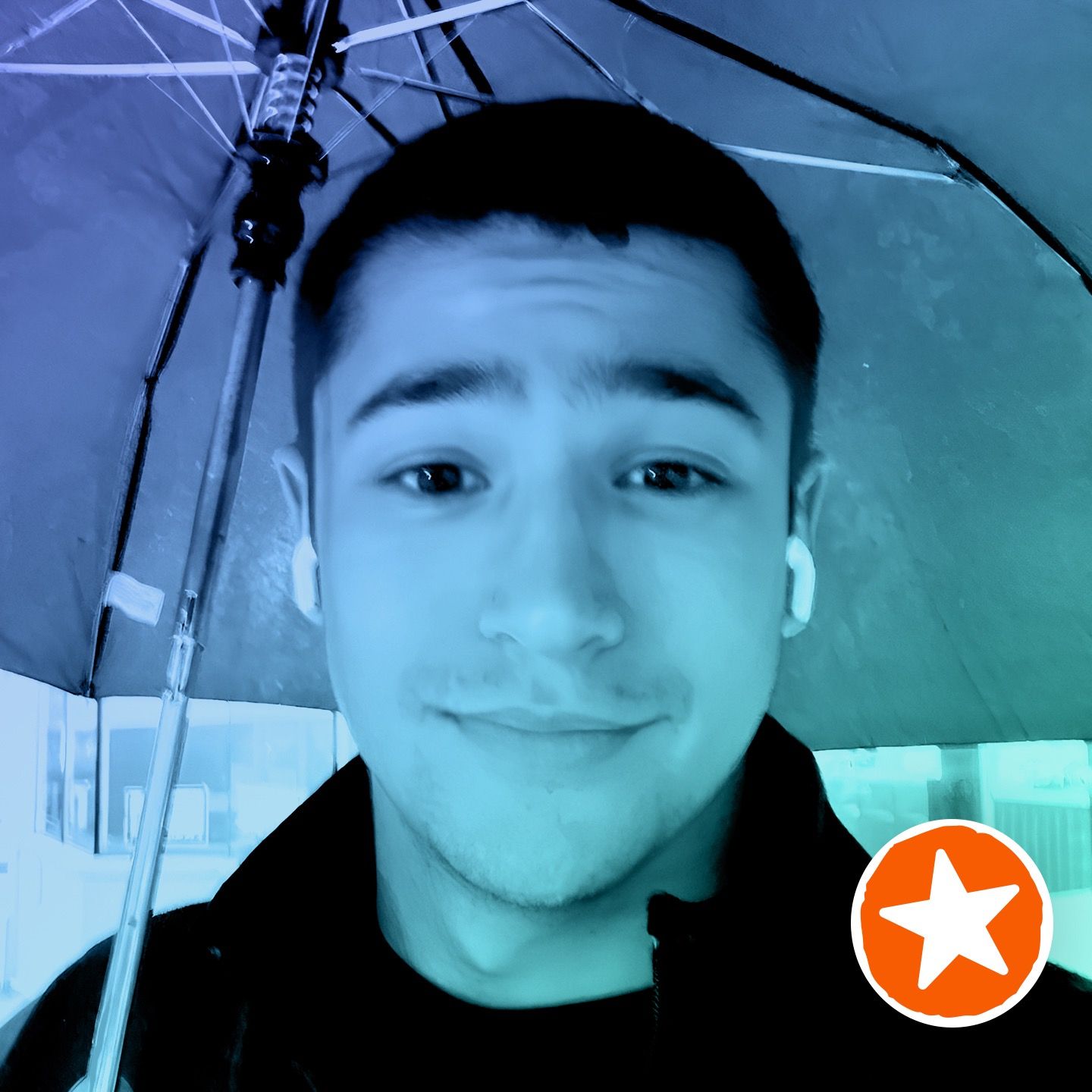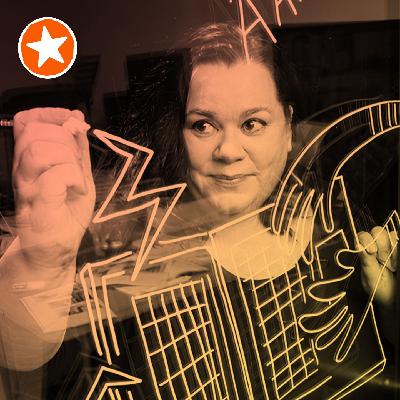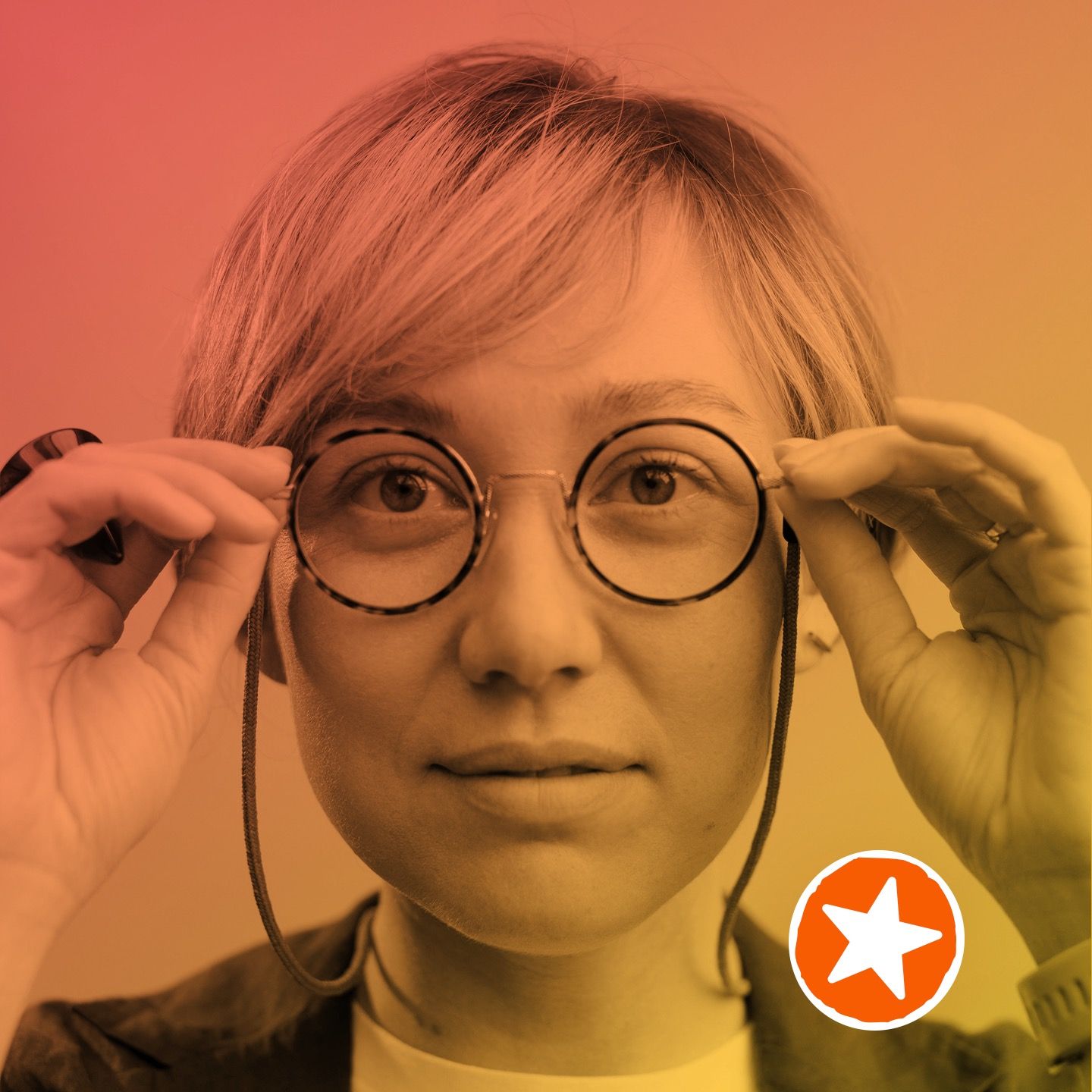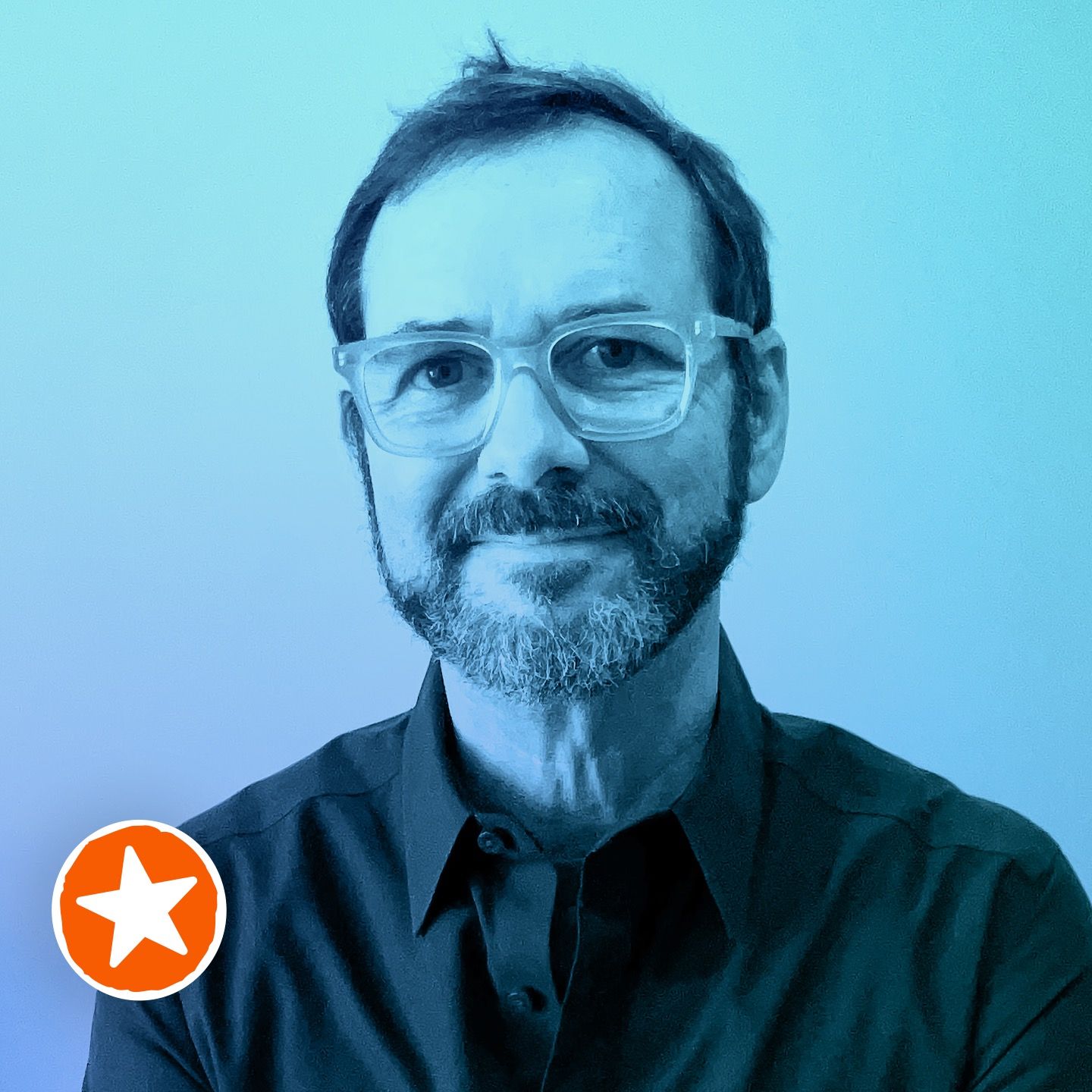James Durno on Art, Innovation, and Lifelong Creativity - S16/E07
Description
In this episode, James Durno shares how growing up around art-focused environments shaped his creativity. He delves into developing diverse artistic skills, mastering spatial thinking, and examines the potential impact of AI on future generations.
Sponsored by Concepts
The Concepts Sketchnote Workshop video — a unique, FREE, hands-on workshop video where I show you how I use the Concepts app to create sketchnotes on an iPad Pro with an Apple Pencil.
In this one-hour, eighteen-minute video, I cover:
- The Infinite Canvas as a sketchnoting power feature
- How vectors give you complete control of brushes and sizing as you create sketchnotes and
- How vector elements let you size and repurpose your drawings for ultimate flexibility.
The workshop video includes answers to common questions about Concepts.
Watch the workshop video for FREE at:
https://rohdesign.com/concepts
Be sure to download the Concepts app at concepts.app and follow along with me during the workshop!
Buy me a coffee!
If you enjoy this episode of the Sketchnote Army Podcast, you can buy me a coffee at sketchnotearmy.com/buymeacoffee
Running Order
- Intro
- Welcome
- Who is James Durno
- Origin Story
- James Durno's current work
- Sponsor: Concepts
- Tips
- Tools
- Where to find James Durno
- Outro
Links
Amazon affiliate links support the Sketchnote Army Podcast.
Tools
Amazon affiliate links support the Sketchnote Army Podcast.
Tips
- Slow down to speed up.
- Abandon the idea of perfection. Practice, but practice makes proficient, not perfect.
- Learning the rules, principles, and elements of what makes a good art.
- Listening to understand.
- A drawing is not just what we intend it to be but also how it's understood. Make sure that we get it right in terms of what we pack into a drawing.
Credits
- Producer: Alec Pulianas
- Shownotes and transcripts: Esther Odoro
- Theme music: Jon Schiedermayer
Subscribe to the Sketchnote Army Podcast
You can subscribe to the podcast through iTunes, Google Podcasts, Spotify, Amazon Music, YouTube or your favorite podcast listening source.
Support the Podcast
To support the creation, production, and hosting of the Sketchnote Army Podcast, buy one of Mike Rohde’s bestselling books. Use code ROHDE40 at Peachpit.com for 40% off!
Episode Transcript
Mike Rohde: Everyone, it's Mike Rohde, and I'm here with James Durno from down in South Africa. Well, I guess it depends on your perspective, right, James? You might be up and maybe us in the Northern Hemisphere, maybe we're down, right? If you think about the way space works. Welcome to the show.
James Durno: Good to be here.
MR: James, tell us a little bit about who you are and what you do.
JD: I'm an artist. I call myself a visual communicator because I communicate visually. I'm a visual thinker, but I come from a fine art background and illustration, cartoon, and commercial art background. I think that what defines my work largely is the fact that because of all of the different influences, I've kind of developed an offering and a way of working that's at the intersection of all of those different disciplines. My focus is largely on the kind of interdisciplinary osmosis that happens between fine art, drawing, painting different mediums, and then drawing those into the graphic recording and the visual communication space.
I don't define myself as a graphic recorder as such although that's what I do. I think in terms of visual language and disciplines and a range of mediums and how I can pull those all together into something that's exciting and different from the norm. Then what comes me beyond that is actually, I'm a husband and a dad.
MR: Excellent.
JD: And a human being, you know, beyond and before that.
MR: Always important to remember that. I think that's the most important thing we can offer, for sure. The word that struck me when you started to describe what you do is almost like a conductor of a symphony. So you're the one, you know, telling the symphony how to represent this piece of music in a sense except that it's your different disciplines kind of all coming together in this one pursuit of capturing what's happening in that moment. Would that be a fair way to describe it?
JD: I think it's a fair metaphor. Also, I think if you think more in terms of jazz than say classical music or popular music, it's about on-the-spot kind of being able to reinvent oneself in real time. It's kind of also like cooking as well. It's about a range of ingredients and not really working according to rules at a certain point. Like, the master chef doesn't work according to a recipe, but understands the principles of flavor and texture and color and the harmony of the dish and what works.
I think that goes for art as well. There's certain principles that we have. I mean, we're jumping straight beyond origin story and all of the stuff that would kind of be at the beginning of this conversation, you know, straight into the middle of things. But if one looks at graphic recording, sketchnoting, the whole broader area, and it's got multiple terms, and they're not exactly the same thing. I mean, sketchnoting and graphic recording people call them the same thing.
But sketchnoting, in terms of how I would understand it in kind of the working in a notebook versus a large-scale events drawing, or a strategy session. They may happen in the same space, but they're not necessarily the same thing. I think a lot of visual practitioners, awful term, but they have it—a lot of visual practitioners' kind of look at the practice as it kind of sprung fully armed like a theater from the head of Zeus.
MR: Yeah.
JD: Like, it happened. It's this new thing and everybody speaks visual thinking and visual practices if it's a new something, whereas it actually draws on multiple different disciplines. So it owes a debt to fine art and to drawing into architecture. It's kind of narrowed down and simultaneously broadened into different tribes that are quite strangely siloed. There's a—I'm trying to articulate what I want to say here.
MR: Yeah.
JD: This is where you're gonna have to pull me back into the thread of conversation before we go too far off at a tangent. But you've got people that think in terms of metaphor. Those that are all about visual storytelling. You've got those that are all about icons. And they seem to think within that very siloed mentality whereas the exciting spaces where those overlap and where one can draw on all of those. If there's a moment for working in metaphor, that's the moment. If it's something that lends itself to visual narrative and a narrative thread, then sure.
If you're wanting to use an iconography then great. You know, but they're different things. So for me, my focus, and to go back to the conversation around my background as an artist is the principles and also the metaphor, or the conductor or jazz, or the master chef is the principles of art, a balance, harmony, proportion, volume, unity, sort of tonal value, contrast, line, movement, depth perspective. Give me a few, help here.
MR: I think you've covered most of them.
JD: That those are not rules. They are something that is intrinsic to art, to design, to architecture, to the arts in general. Those are things that we need to internalize, that we need to then draw on and forget about. One learns those, and then we need to actually have them sort of embedded in ourselves and then draw on those. I don't know if that's—
MR: No, I'm tracking with you. I think about coming back to the concept of jazz. And so, as a jazz individual, you know, you're always improvising in the moment, right? But I think you always think about a jazz typically is some kind of an ensemble, maybe three, maybe four people, and each one of those individuals is doing something. Now, in your case, I'm guessing that you do this work solo. So in the sense, it's like the knowledge centers are like the different music. So there's a bassist and a drummer, and a someone on keyboard and someone on saxophone, let's say, right?
Those could be considered your different, maybe the strengths or the areas that you need. And at the right moment, you know, the saxs is important or at a different, you know, maybe the foundation is the keyboard. So it's always there. That could be some other aspect. So you're sort of bringing


